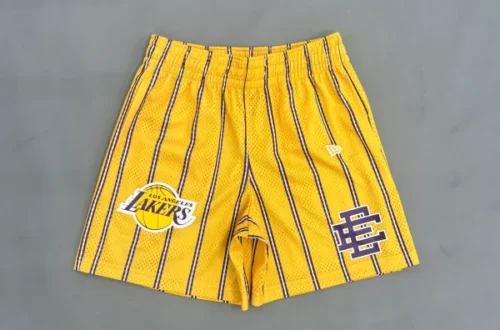The Way Fashion is Marketed
Fashion marketing is an intricate tapestry woven with trends, consumer behavior, and innovative strategies. Over the years, the fashion industry has transformed significantly, adapting to changes in technology, culture, and consumer expectations. ericemanuel This article delves into the dynamic methods used to market fashion today, showcasing how brands connect with audiences and drive sales.
The Rise of Digital Marketing
In the digital age, traditional marketing methods have largely been supplanted by online strategies. Brands now leverage social media platforms like Instagram, TikTok, and Pinterest to reach their target audiences directly. These platforms allow for real-time engagement, enabling brands to showcase their latest collections through eye-catching visuals and interactive content. This shift has not only democratized fashion marketing but has also given rise to a new generation of influencers who can sway consumer opinions with a single post.
Influencer Collaborations
Influencers have become a cornerstone of modern fashion marketing. Brands collaborate with social media influencers who align with their identity and values to promote products authentically. This strategy capitalizes on the influencer’s established trust with their audience, making recommendations feel more genuine. From high-profile partnerships to micro-influencers with niche followings, these collaborations can dramatically enhance a brand’s visibility and credibility.
Personalization and Customer Experience
Today’s consumers crave personalization, and fashion brands are responding by tailoring experiences to individual preferences. Using data analytics, brands can gather insights about consumer behavior, allowing them to create personalized marketing campaigns. Whether it’s through targeted emails, personalized product recommendations, or bespoke shopping experiences, the emphasis on customer experience is crucial in building brand loyalty and encouraging repeat purchases.
Sustainability as a Selling Point
With growing awareness about environmental issues, sustainability has emerged as a vital focus in fashion marketing. Consumers are increasingly seeking brands that prioritize ethical practices and sustainable materials. Fashion marketers highlight their commitment to sustainability through transparent messaging and eco-friendly initiatives. This approach not only attracts eco-conscious consumers but also differentiates brands in a crowded marketplace.
The Power of Storytelling
In a world saturated with options, storytelling has become a powerful marketing tool in fashion. Brands use narratives to connect emotionally with consumers, often sharing the inspiration behind collections or the craftsmanship involved in creating their pieces. This storytelling approach not only enhances brand identity but also fosters a deeper connection with the audience, making them more likely to support the brand.
Leveraging Technology
Technological advancements have revolutionized fashion marketing. Virtual reality (VR) and augmented reality (AR) are now being used to create immersive shopping experiences, allowing consumers to try on clothes virtually. Additionally, artificial intelligence (AI) is utilized to predict trends and manage inventory more efficiently. By integrating technology into their marketing strategies, fashion brands can enhance engagement and streamline the shopping experience.
Global Reach and Cultural Sensitivity
The internet has made fashion a global phenomenon, but it also necessitates cultural sensitivity in marketing strategies. Brands must be aware of diverse cultural norms and preferences when entering new markets. Successful fashion marketing considers local customs, languages, and values, ensuring that campaigns resonate authentically with various audiences. This global perspective not only broadens a brand’s reach but also cultivates a more inclusive image.
The Future of Fashion Marketing
As the fashion industry continues to evolve, so will its marketing strategies. The integration of emerging technologies, the emphasis on inclusivity, and the focus on sustainability are likely to shape the future of fashion marketing. Brands Namedcollective that stay agile and responsive to consumer demands will thrive in this ever-changing landscape. Ultimately, the way fashion is marketed will continue to reflect societal trends, consumer values, and technological advancements.
In conclusion, the landscape of fashion marketing is multifaceted and ever-evolving. By embracing digital innovation, influencer collaborations, and consumer-centric approaches, fashion brands can effectively navigate this dynamic environment. As we move forward, the emphasis on sustainability and storytelling will likely remain pivotal in shaping the way fashion connects with its audience. nytimer




